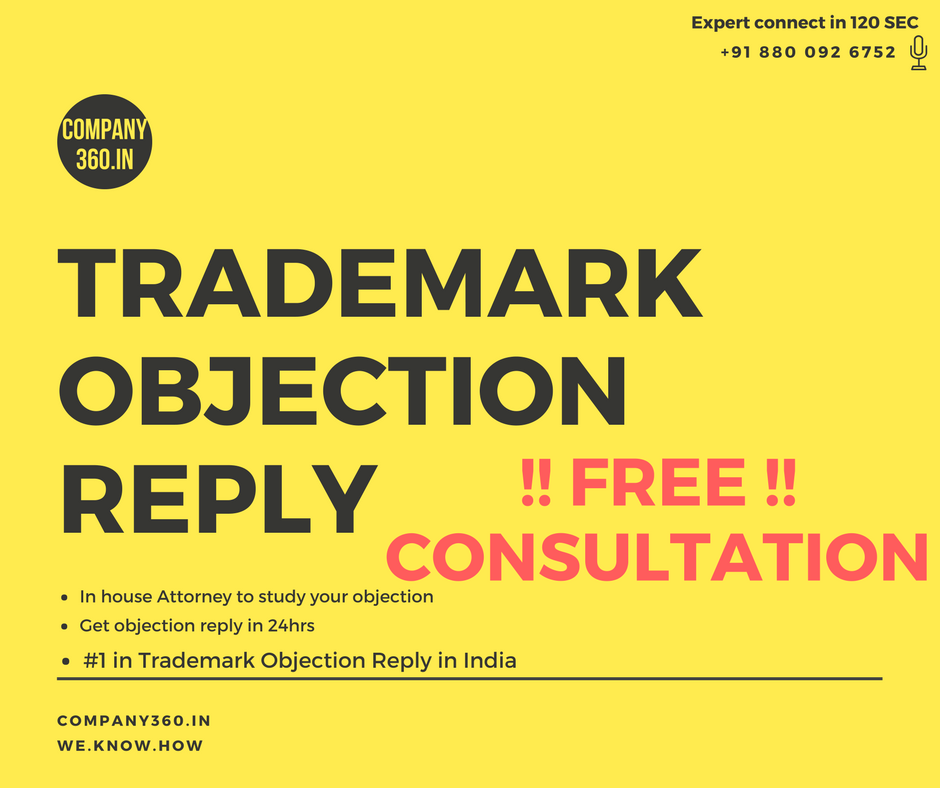
image source : https://www.philipperry.com/
Mergers and acquisition are not new in corporate world and there has been a lot that is documented about what it actually means and what are the various types of mergers and acquisition that takes place.
In simple words you may say that Mergers and acquisitions are both changes in control of companies that involve combining the operations of multiple entities into a single company.
In a merger, two companies agree to combine their operations into a single entity. In an acquisition, one company purchases another company, and has the right to sell off operations, merge them into similar groups in the purchasing company, or close facilities or cancel products altogether.
With the advent of a new era of start-ups it is also essential to focus on role and application of Intellectual property in mergers and acquisition transactions.
As we all are aware that intellectual property is a type of property and does constitute an important part of any legal entity. In order to proceed with mergers or acquisition apart from financial transaction there involves a lot more transaction and steps and one such step is IP due diligence.
In this article we are going to focus what essentially must be kept in mind while conducting an IP due diligence.
IP due diligence is essentially an audit to assess the quantity and the quality of intellectual property assets owned by, or licensed to, a company, business or individual. It should also include an assessment of how intellectual property is captured and protected by the relevant company or business.
Before proceeding with finalizing what’s need to be done while conducting an IP due diligence ask few question to yourself and the concerned team.
-
Does the main drive of M&A strategy revolves around obtaining intellectual property assets?
-
Who are the other players in market working on the same technology?
-
How much share of the technology in question is covered under ownership of the company of interest?
-
Are these IP are fully secured and how much they are prone to litigation?
After concluding what you want, you may proceed answering the above question by conducting a search about value, current status, validity and implications of licenses etc associated with patents, trademarks, copyright and design etc. owned by a company or any other legal entity.
So let us now understand from where we need to start. Below is the brief checklist about what and how to be checked out while conducting an IP due diligence.
The foremost step is to identify the IP that may be patent, patent applications, patentable subject matter, trademarks, designs, copyright etc.
This can be identified by conducting applicant’s name search, workbooks, invention disclosure forms etc.
The second step is verification about validity and ownership of all the existing IP’s.
Once a list of all patents, trademark, copyright, domain registrations etc is made it is important to conduct a file wrapper analysis of all the IP’s so shortlisted in order to figure out about their applicable jurisdiction, to ascertain ownership, its current validity, its term etc.
Third step is to study the restriction, liabilities and strengths of the IP’s detected.
Liabilities may cover encumbrances, obligations, loans etc. All these are required to be critically evaluated.
In a technology driven market, IP assets are often referred to as the ultimate M&A deal-breaker, Therefore manipulation about the information about various IP portfolios may be obvious, which is the result of possible information asymmetries that can arise in case the target company’s IP assets turn out to have been EXAGGERATED, absent, worthless, incompatible with the acquirer’s own IP portfolio or other internal resources.
Apparently, the valuation of intangible assets remains the greatest challenge and pitfall of due diligence procedure. Still we shall try to be as certain as possible.
Below is the list which may be helpful in identifying the exact factors such as current IP assets, valuations risks etc.

image source : https://www.ggpht.com/
-
Patents and patent applications
Checklist:
including patent numbers, jurisdictions covered, filing, registration, issue dates, file wrappers.
It is important to be assured about the extent of rights derived from the patents and patent application that is where they are filed, what is their current status, are they still legally valid keeping in mind the renewals, validity, oppositions etc.
-
Confidentiality and Invention Assignment Agreements with employees and consultants
Checklist: Offer Letter, Vendor Contracts, Outsourcing Contracts, Assignment Clauses for all types of IPRs.
These points are essential for marking out the details about the extent of rights already assigned to third parties, their control over the IP and extent of market covered by them. It also helps us to predict the company about their rights.
-
Trademarks and service marks
Checklist: including trademark numbers, jurisdictions covered, filing, registration, issue dates, file wrappers and trademark renewals
-
Key trade secrets and proprietary know-how
Checklist: Offer Letter, Assignment Clauses for all types of IPRs
-
Technology licenses from third parties to the selling company
Checklist: Inbound Licenses
-
Technology licenses from the selling company to third parties
Checklist: Outbound Licenses
-
Software and databases
Checklist: Genuine Licenses, Usage Licenses, Cloud Subscription of Services
-
Contracts providing for indemnification of third parties for IP matters
Checklist: Sale Contracts, Vendor Contracts
-
Open source software used in (or used to create) the seller’s products and services Checklist: Apache License 2.0; BSD 3-Clause “New” or “Revised” license; BSD 2-Clause “Simplified” or “FreeBSD” license; GNU General Public License (GPL); GNU Library or “Lesser” General Public License (LGPL) MIT, license, Mozilla Public License 2.0, Common Development and Distribution License, Eclipse Public License.
-
Claims for infringement of IP, including any IP litigation or arbitration
Checklist: Litigation, Notices, Arbitration, Opposition, Employee Disputes
-
Domain Names
Checklist: Registrar, Renewal dates, Top Level Domain.
-
Liens or encumbrances on the IP
Checklist: Banking and Loan Documentation, Balance Sheets, Charge Registrar
-
Source code or object code escrows
Checklist: Escrow Process and Policy; Escrow Contracts with third party; Escrow Contracts with customers
-
Social media accounts (Twitter, Facebook, LinkedIn, etc.)
Checklist: Following & Likes, Access to Passwords










